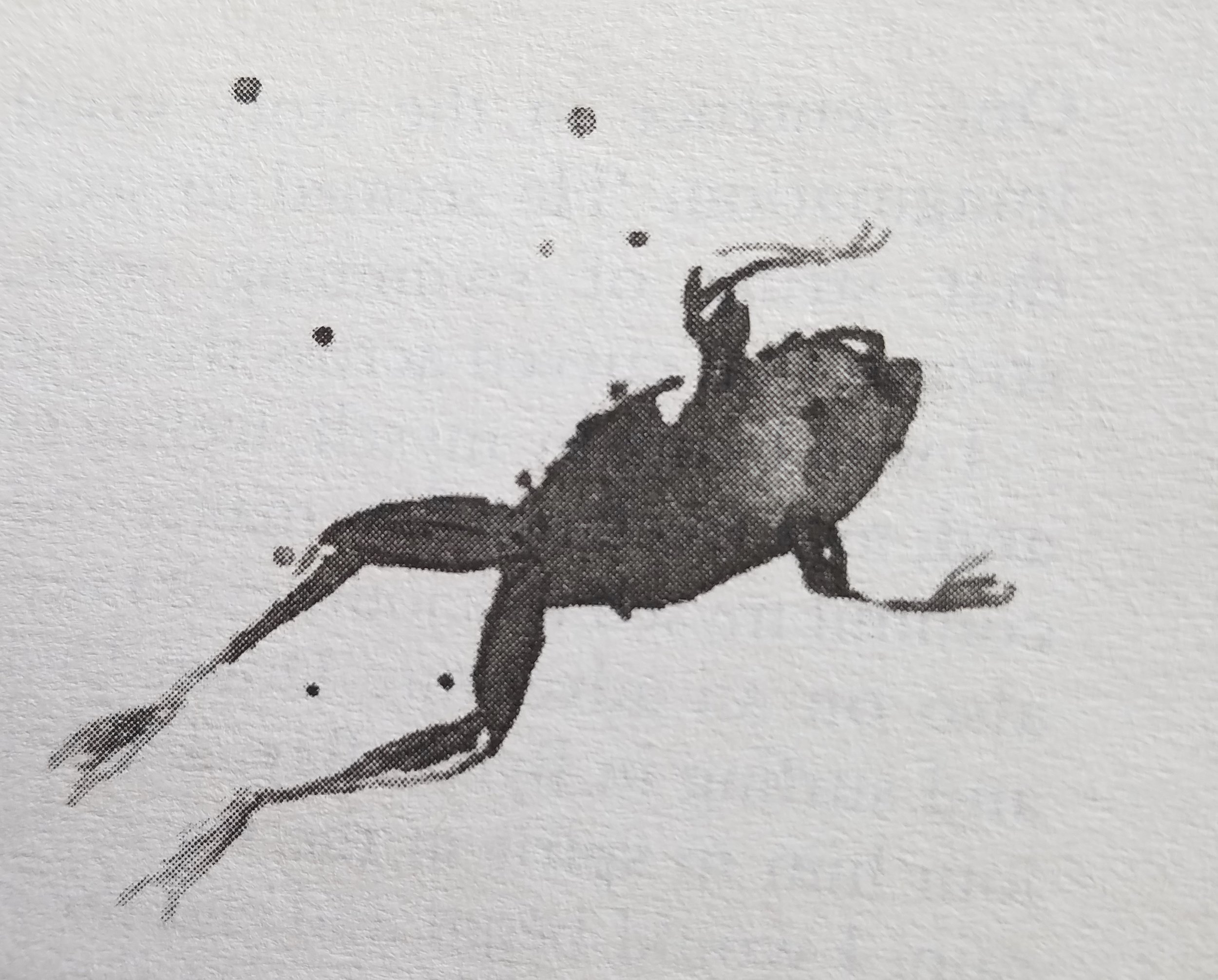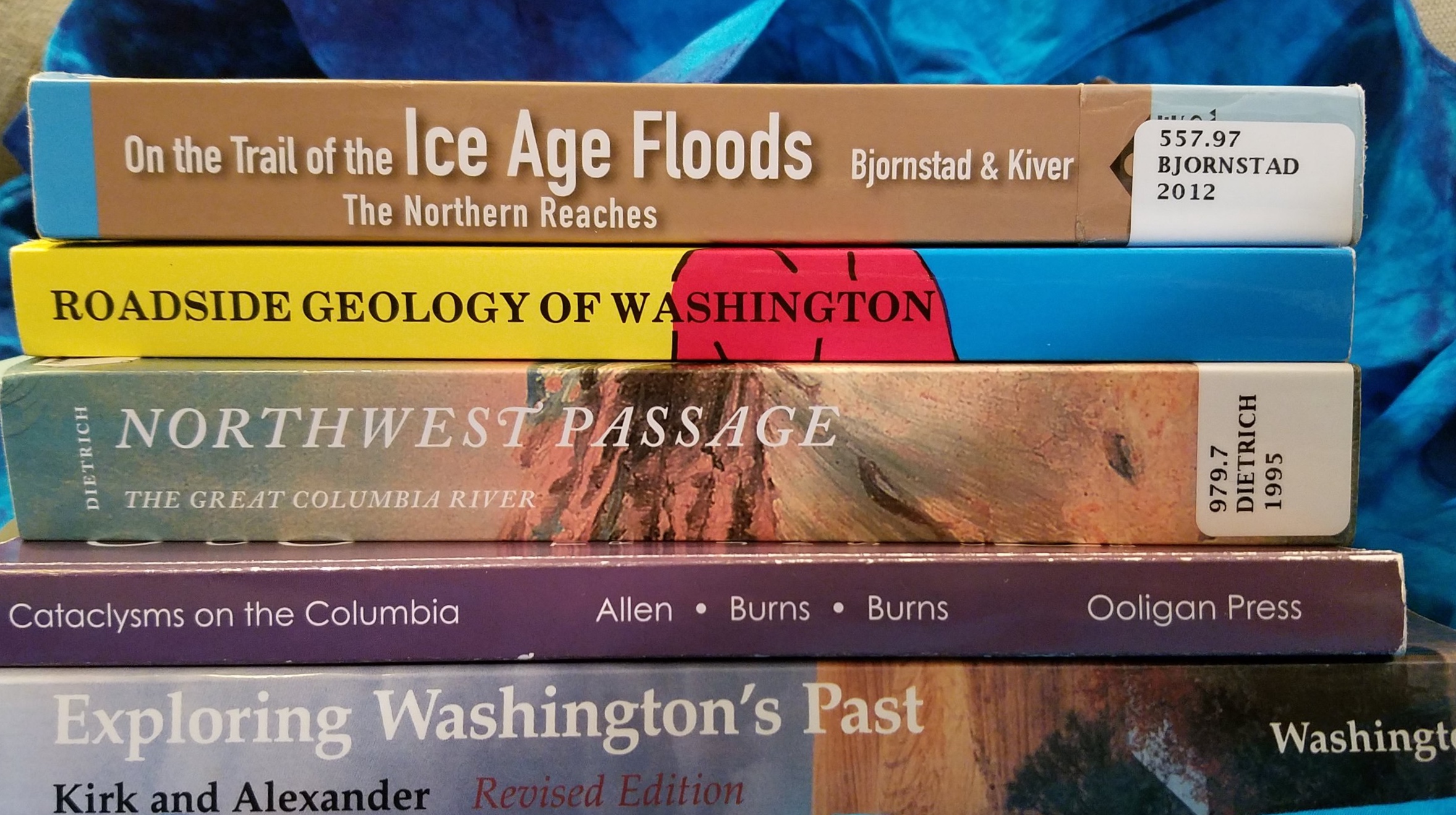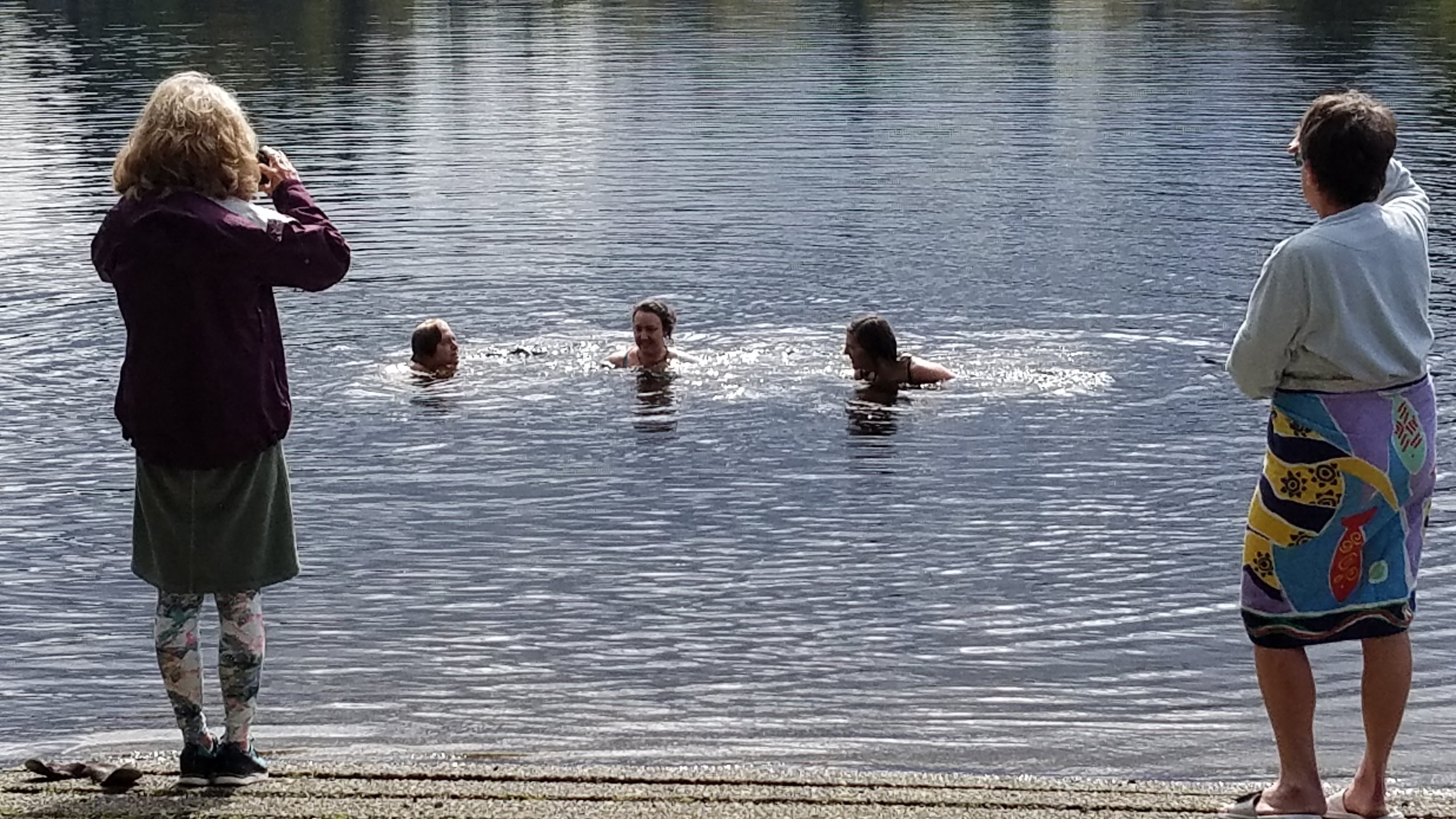Before starting any new book project, I like to find out what’s already out there on my chosen topic. When I wrote A Sideways Look at Clouds, there was only one book that was at all similar to the book I had in mind to write. That book was the charming and encyclopedic Cloudspotter’s Guide: The Science, History, and Culture of Clouds, by Gavin-Pretor Pinney. With a title like that, was there anything left for me to write about? It turns out the sky’s the limit when it comes to writing about clouds, but I had to work hard (over 8 years!) to discover fresh, new territory and to approach the clouds from a different angle (hence the sidewayslook at clouds).
Last fall I decided to start a book about swimming across Washington, lake by lake, with hiking and biking and bussing in between. Years ago I had read “The Swimmer,” the 1964 short story by John Cheever and then later watched the movie version starring Burt Lancaster. The story stuck with me as it tends to do if your idea of bliss is to spend an entire summer taking a long walk across your county via your neighbor’s pools (minus the tragic life of the lead character).
My twist on “The Swimmer” was to swim in lakes, not in pools, and write a personal narrative/ natural-history/social history of the lakes I swam in. My swimming skills needed improvement I spent more time swimming laps at the YMCA pool and reading reading reading until late spring when the water warms up enough to swim without a wetsuit.
I first read Lynne Cox’s classic Swimming to Antarctica. Wrong direction! And then I read Leanne Shapton’s Swimming Studies, a beautifully written and dreamy reflection on competitive and recreational swimming, water, life, love, complete with her own artwork and photos of her vintage bathing suit collection. Right direction. And then there was Lynn Sherr’s Swim: Why We Love the Waterand Lisa Congdon’s The Joy of Swimming: A Celebration of Our Love for Getting in the Water. Also right direction. Each of these books was written by a swimmer, a woman, and combined a personal narrative with a broader story about various aspects of the swimming culture. It was a crowded field. Was there anything left for me to write about?
And then I discovered the Outdoor Swimming Society and realized that there were plenty more memoirs and guides to “wild swimming”—the ancient but now wildly popular practice of swimming in oceans, lakes, rivers, and other “wild” water. It was on the Outdoor Swimming Society’s website that I learned about Kate Rew’s Wild Swim, Jenny Landreth’s Swell: A Waterbiography, Ruth Fitzmaurice’s I Found My Tribe, Joe Minihane’s Floating: A Life Regained, and Alexandra Heminsley’s Leap In: A Woman, Some Waves and the Will to Swim.
Like the newly stirred passion for cloud watching, the epicenter of wild swimming seems to be in Britain. Why? Partly because this island is surrounded by the sea, dotted with lakes, and incised by swimmable rivers. And partly because it has a long history of recreational lake swimming. And partly because it has supported outdoor and indoor public pools since the early 19thcentury. But the recent renaissance in wild swimming I believe can be credited to one man, Roger Deakin, and his nearly-cult classic Waterlog: A Swimmer’s Journey Through Britain, which was published in 1999 and, it turns out, was inspired by John Cheever’s “The Swimmer.”
Published in 1999, this book has lead to wave of “wild swimming” as a popular pastime and subject for a collection of natural history books you’ll want to pack with your bathing suit and towel wherever you go.
“I started to dream ever more exclusively of water. Swimming and dreaming were becoming indistinguishable. I grew convinced that following water, flowing with it, would be a way of getting under the skin of things, of learning something new. I night learn about myself, too. In water, all possibilities seemed infinitely extended. Free of the tyranny of gravity and the weight of the atmosphere. I found myself in the wide-eyed condition described by the Australian poet Les Murray when he said: ‘I am only interested in everything.’”
Most every wild-swimming book published since Waterlogeither acknowledges, quotes, and/or refers to the legacy of Waterlog. Deakin, who died in 2006, wrote a book that got under our skin—only in the best sense—and helped us move our watery selves back into the water, into our landscapes, into the flow and tide and rhythm of the natural world we have largely turned our backs on.
So here, on the 20thanniversary of the publication of Waterlog, I humbly offer heaps of gratitude to Roger Deakin and to all those who swim and write and dream in his wide wake. On my swims at the Y and in my local lake this spring I carry some part of each of their stories with me into the accepting, giving, wonderful water.
Waterlog enchants readers with its “frog’s-eye view” of the wild waters of the British landscape. (Illustration by David Holmes from chapter one of Waterlog.
`




















